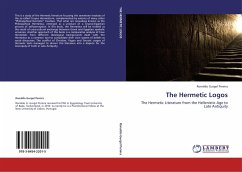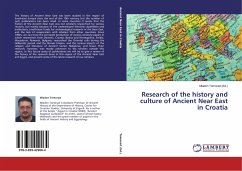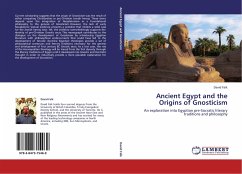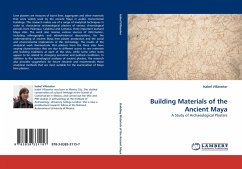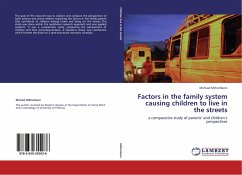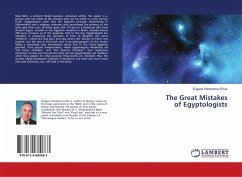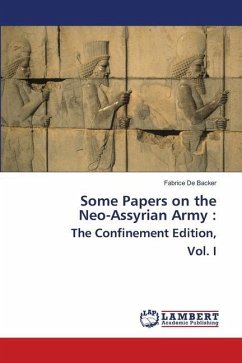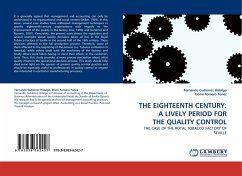
The Versatile Architectural Vocabulary of Maxentius' Appian Villa
Versandkostenfrei!
Versandfertig in 6-10 Tagen
30,99 €
inkl. MwSt.

PAYBACK Punkte
15 °P sammeln!
The archaeological remains of Maxentius' interconnected imperial villa, funerary mausoleum, and circus on the Via Appia offer the best material evidence that Maxentius intentionally selected classical architectural forms and inserted easily recognizable references to the glory days of Roman imperial architecture as part of his short-lived campaign to be Rome's champion (306-312). The architectural vocabulary that Maxentius reassembled both in his complex on the Via Appia and in his public constructions in the city center seems to have been embraced by Constantine's architects and subsequently ...
The archaeological remains of Maxentius' interconnected imperial villa, funerary mausoleum, and circus on the Via Appia offer the best material evidence that Maxentius intentionally selected classical architectural forms and inserted easily recognizable references to the glory days of Roman imperial architecture as part of his short-lived campaign to be Rome's champion (306-312). The architectural vocabulary that Maxentius reassembled both in his complex on the Via Appia and in his public constructions in the city center seems to have been embraced by Constantine's architects and subsequently reiterated in early Christian architecture. Continuities in their imperial commissions suggest that both Maxentius and Constantine prioritized the quality of imperial grandeur above all. The selection of the basilica form as the basis of church architecture along with the remarkable similarities to Maxentian constructions reveal that Constantine valued impressive and traditional majesty muchmore than visibly distinguishing between pagan and Christian architecture.



